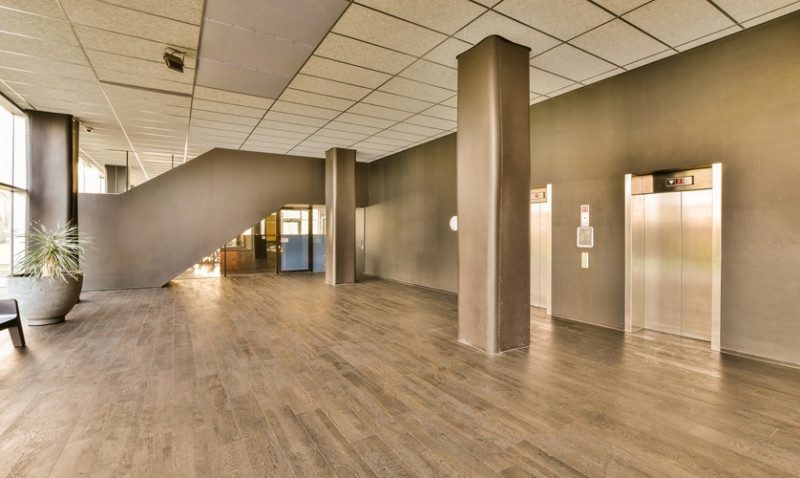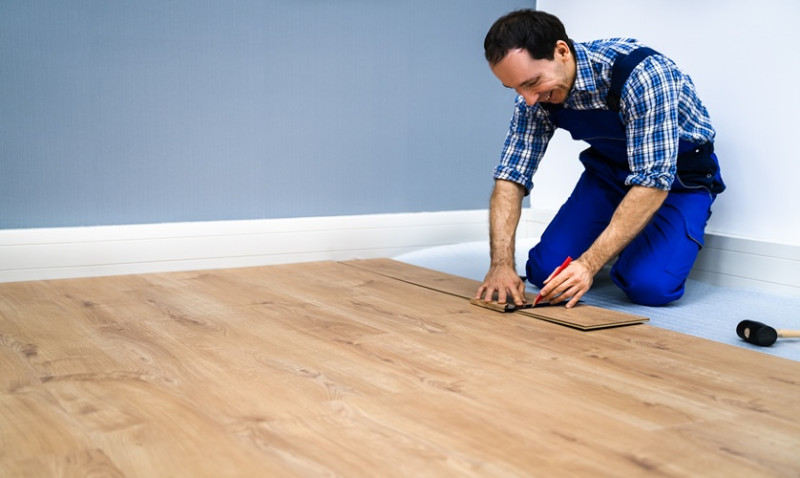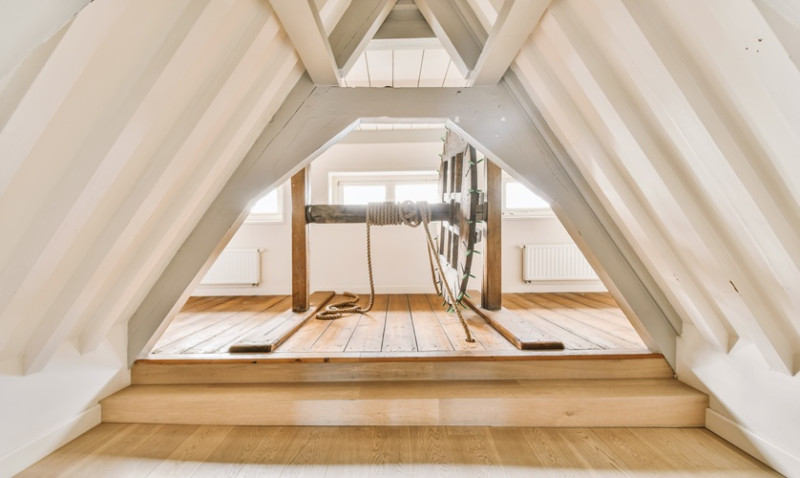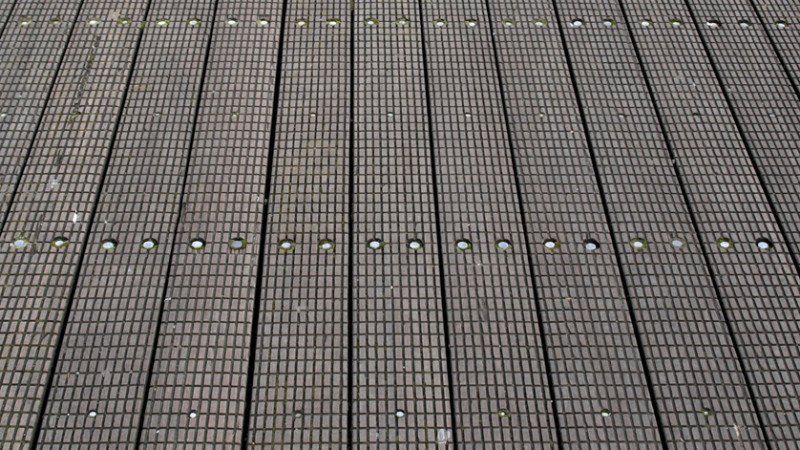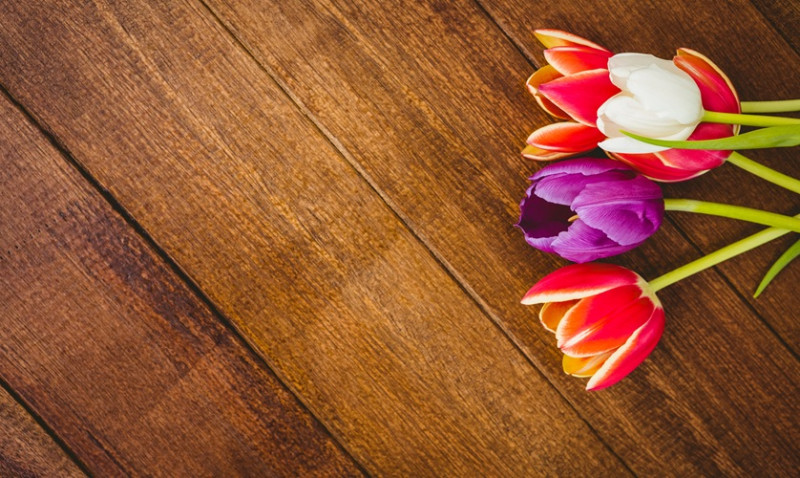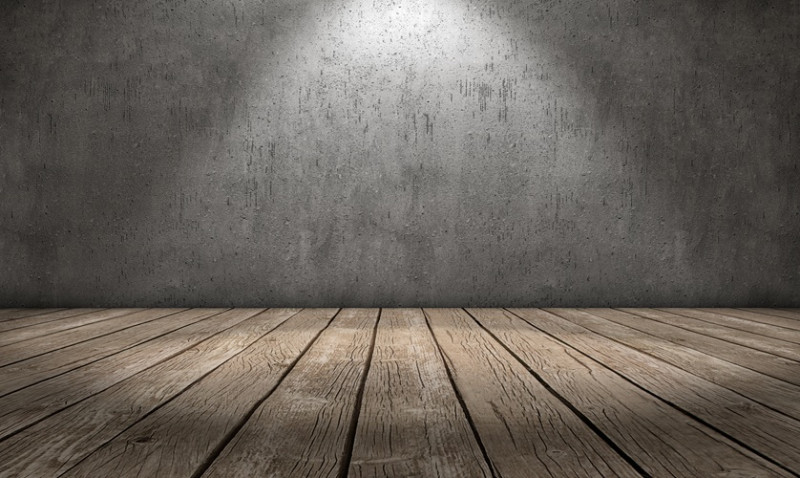
Choosing the right finish for your wood floor is key to achieving the look, feel, and durability you want in your home or project. Whether you’re a DIY enthusiast planning your first renovation, a young professional upgrading your flat, or a designer working on a client’s interior, understanding the differences between oiled and lacquered finishes is crucial. Each option offers its own aesthetic and functional benefits—so let’s break down the essential pros, cons, and considerations of oil vs lacquer for wooden floors.
What Is an Oiled Wood Floor?
An oiled wood floor is treated with penetrating oils—usually natural or synthetic blends—that soak into the wood, enhancing its colour, texture, and natural grain. By nourishing the timber from within, this finish offers a matte to satin look and a warm, organic feel underfoot.
Hardwax oil finishes are a popular category of oil finishes that not only penetrate the wood but also leave a thin, protective layer on the surface. They’re especially common in homes that want a natural, rustic aesthetic or historic charm to shine through.
One of the standout features of oiled floors is their breathability. Because the oil nourishes rather than seals the wood, the floor retains its natural qualities and develops a beautiful patina over time. This makes oiled floors particularly suitable for older properties or spaces where a characterful design is desired.
Oiled floors do need regular maintenance, but that can be viewed as a benefit by those who want control over their flooring’s condition. Spot repairs are simple and can be done without sanding the entire floor, a contrast to lacquered finishes.
What Is a Lacquered Wood Floor?
Lacquered wood flooring is sealed with a surface coating—usually polyurethane—that forms a durable layer over the timber. This protective film guards against moisture, scratches, and daily wear, making it the go-to choice for high-traffic areas or households with kids or pets.
You can achieve a range of looks with lacquer, from ultra-glossy to low-sheen matt finishes, offering flexibility to suit different interiors, from contemporary apartments to minimalist office spaces.
Because the lacquer sits on top of the wood rather than penetrating it, it tends to offer slightly more mechanical durability. You’ll find lacquered floors typically easier to clean, too—they’re less susceptible to staining and don’t need re-oiling as often as their oiled counterparts need maintenance.
However, lacquered floors are less forgiving when damaged. If a scratch or gouge does occur, it’s not always possible to repair just a small area—it might require sanding and resealing an entire board or room, which can be more labour-intensive and costly.
Visual Appearance
The aesthetic difference between oil and lacquer finishes is one of the main reasons people choose one over the other. Oiled flooring enhances the grain, tone, and richness of the wood in a subtle, elegant way. You'll notice the natural variance in the wood is more visible, favouring traditional, Nordic-inspired, or rustic styles.
Lacquered floors, on the other hand, can offer a more uniform and polished appearance. Depending on the level of sheen chosen, they can complement modern interiors, sleek office spaces, or urban apartments where a crisp, clean finish is desired.
If you're unsure which would suit your space, consider ordering wood samples with both finishes or viewing floorboards in natural light—they can appear quite different in a show room compared to your home or project site.
Durability & Maintenance
When it comes to long-term use, both finishes will hold up well—but they have different strengths. Here's a breakdown of how they compare in practice:
| Feature | Oiled Finish | Lacquered Finish |
|---|---|---|
| Scratch Resistance | Moderate – more prone to marks, but easy to repair | High – protective layer resists scratches |
| Water Resistance | Good, but may need regular top-ups | Excellent – sealed surface repels moisture |
| Cleaning Ease | Needs special oil-based cleaners | Easy with standard wood floor cleaner |
| Repairability | Localised spot treatment possible | Usually requires full-surface treatment |
| Maintenance Frequency | Annual oiling recommended | Minimal – recoat every 5–10 years |
If you're installing wood flooring in areas like kitchens, hallways, or commercial spaces, a lacquered finish may offer the long-term protection you need. For bedrooms, living rooms, or heritage renovations, oiled finishes might offer the warmth, texture and repairability you’re after.
Sustainability & Environmental Impact
Sustainability is an increasingly important factor for many homeowners and professionals, and your choice of finish can reflect that. Oiled floors—especially those finished with natural plant-based oils or hardwax blends—are often more eco-friendly. They contain fewer volatile organic compounds (VOCs) and don’t create a plastic-like seal over natural materials.
Lacquers, especially older or cheaper formulations, may have higher VOC levels and be less biodegradable. However, many modern lacquers used in the UK today are water-based and low-VOC, with improved environmental profiles. Always check labels and certifications to ensure your product meets eco standards, such as EN 71 or EC1 standards.
Cost Considerations
The overall cost of finishing your floor depends on both product pricing and long-term maintenance. Generally, oil finishes come in slightly more expensive per litre, but their initial application may be cost-effective if you’re applying it yourself. Over time, regular top-up oiling may result in higher lifetime maintenance costs.
Lacquered floors may cost more during the initial application due to professional labour and the need for a controlled environment during drying. However, their “set and forget” nature can reduce long-term upkeep and may represent better value in high-traffic spaces or for landlords and property managers looking to minimise future maintenance.
Suitability for DIY & Professionals
For the DIY enthusiast, oiled finishes can be an easier, more forgiving entry point into floor finishing. Spot repair and reapplication can be done gradually, and the tools required are minimal—a buffing pad or soft roller, plus your chosen oil.
For professionals and tradesmen, the choice often depends on client requirements. If your customer wants lasting durability with minimal maintenance, lacquer is a safe choice. If they’re more concerned with natural beauty and repairability, oil ticks those boxes.
Architects and interior designers working on high-end residential or boutique hospitality projects may favour oils for their authentic tactile quality, while those overseeing commercial or high-traffic sites might specify lacquer for practical reasons. Match the finish to the use case, and both products will deliver stunning final results.
Conclusion: Oil vs Lacquer – Which One Should You Choose?
The best finish for your wood flooring depends on how the space will be used, how much maintenance you’re willing to commit to, and what kind of aesthetic you’re hoping to achieve.
- Choose oil if you want a natural, tactile feel, easier spot repairs, and a beautifully aged patina over time.
- Choose lacquer if you need resilient protection, low maintenance, and a polished or contemporary look.
Either way, you're making an investment in a timeless material. With the right decision, your wood floor will remain a centrepiece of your space for years to come. If you're unsure, consult with your flooring supplier or installer—they can advise based on your personal use case and the characteristics of the wood species you've chosen.
